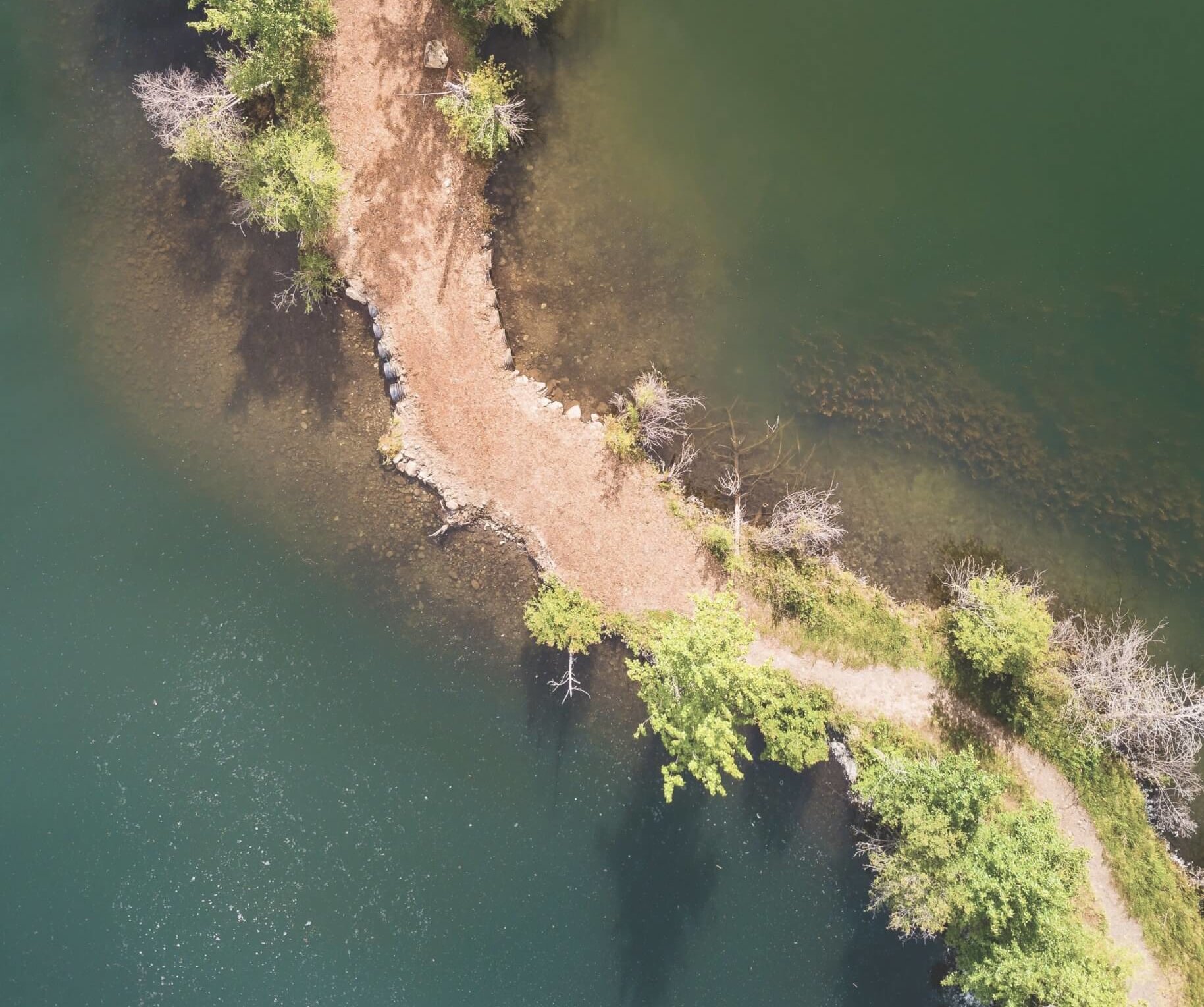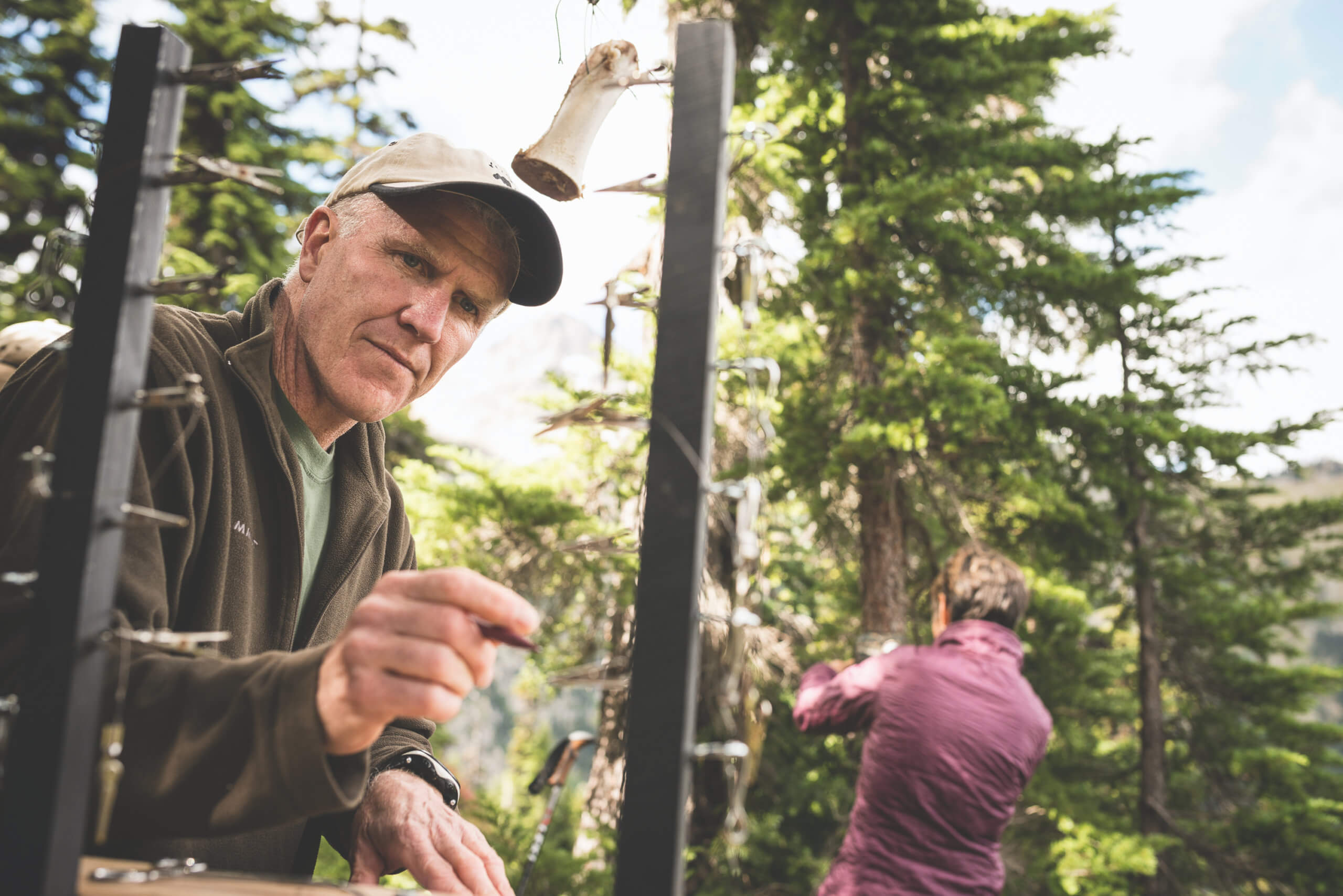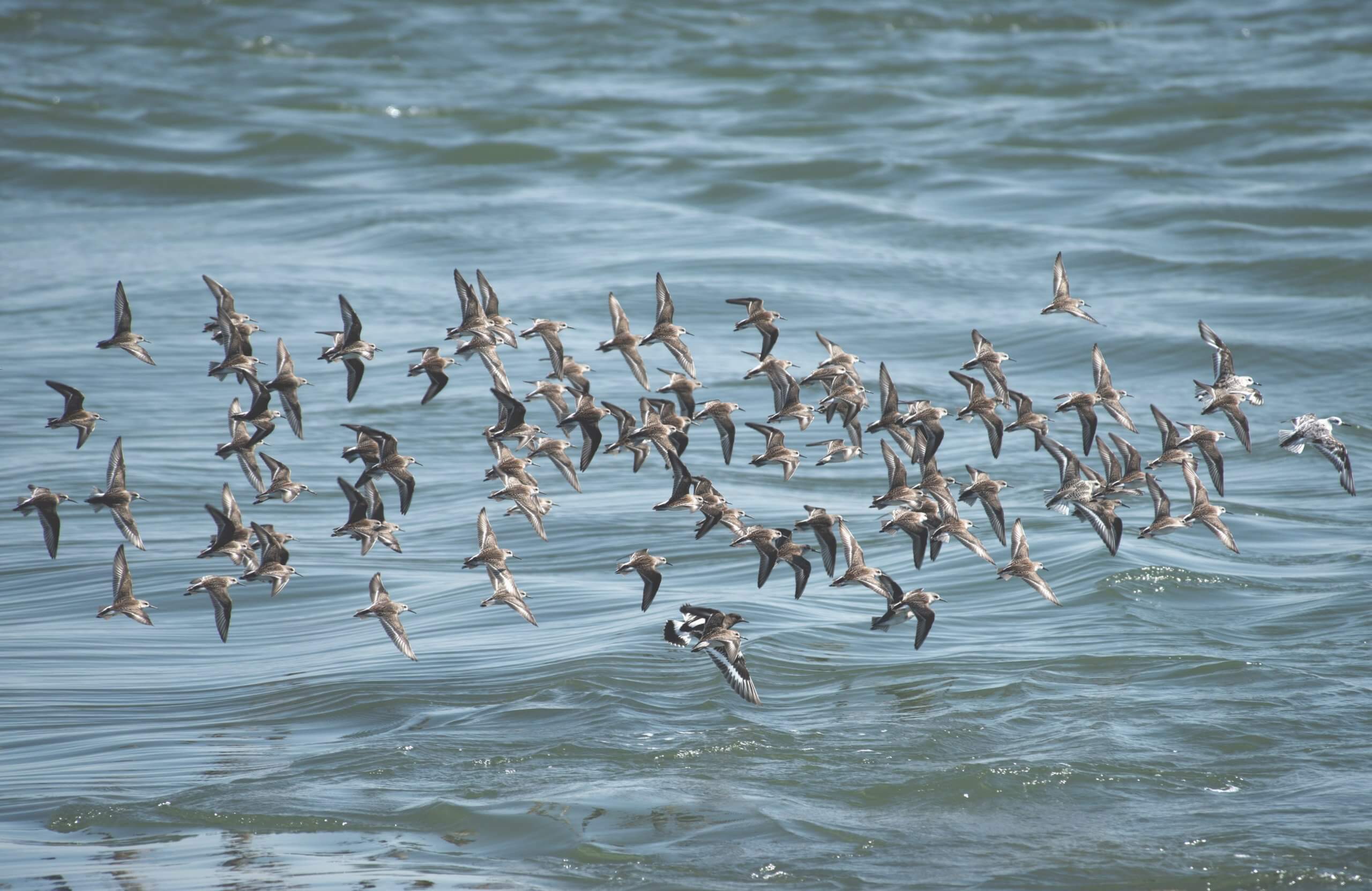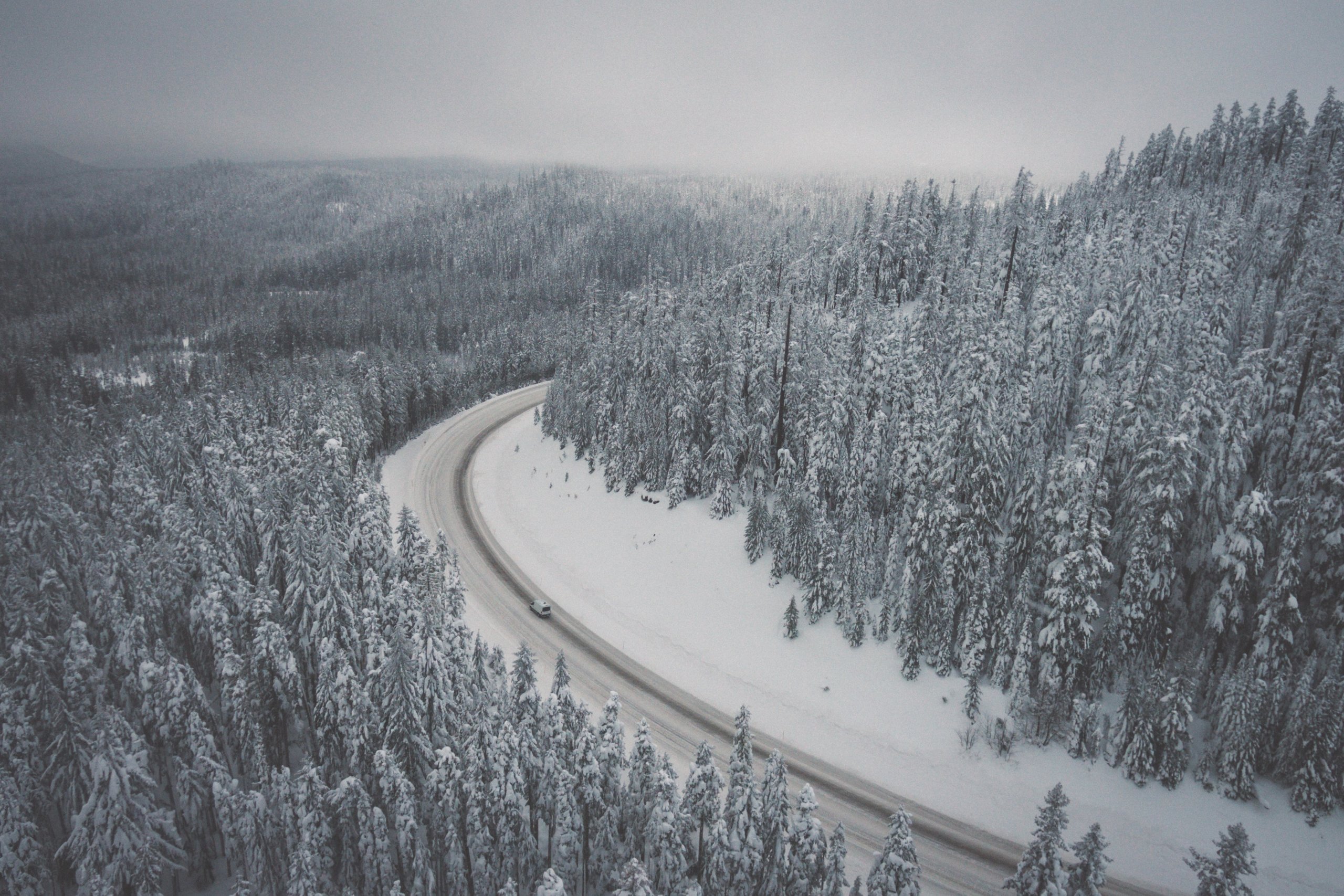We can all recognize a good story when we read one. Most of us can narrate stories about our own life fairly seamlessly, and do so all the time to our families, friends, through social media, or on the phone. We can step back and recognize that our days are filled with meaningful actions – twists and turns of plot that lead us to new points of insights and resolutions – some big, some small. But many scientists struggle with how to bring science and story together… and whether it is even appropriate to do so.
Why the uneasy relationship between science and story? Fundamentally, this unease arises because scientists learn that a subjective lens compromises an objective approach. Two summers ago, COMPASS’ Karen and ecologist Heather Leslie, from Brown University, convened a workshop of marine scientists to explore the role of story and synthesis in conservation policy and practice in Friday Harbor, Washington. Just last week, the workshop leaders and participants published an essay in the journal Conservation Biology, entitled “How Good Science and Stories Can Go Hand-In-Hand.” We assert that stories, together with science, can advance conservation policy and practice. The essay goes on to identify specific ways that stories help advance science, including thinking about stories themselves as data.
My role at the Friday Harbor workshop was to help the scientists understand the power of story craft and to help them build skills that would help support both their scientific communication (e.g., journal articles, grant writing, public talks) and more personal writing (e.g., blogs and feature articles for a lay audience).
Thinking about stories and narrative is a geeky passion of mine. I was fortunate enough to hone my own narrative skills in a class some years ago with non-fiction giant Jon Franklin at the University of Maryland. Franklin offers a clear definition of story in his go-to book Writing For Story. He asserts that to get from beginning to middle to end, all stories need a character that confronts identifiable complication (something the character struggles with), a point of insight (which is where the story turns), and a resolution (that destroys the tension set up by the complication).
Over the course of the semester, Franklin turned us loose to look for complication-resolution pairings in the real world. I spent several days hanging out with Clarence Goodman, a fishmonger who sold crabs at the Maine Avenue Fish Wharf in Washington, DC, watching as he reeled in customers. Hovering like a fly-on-the wall, engulfed by the pungent smells of rotting fish, I tried desperately to recognize the story in the sequence of actions that was unfolding. I knew that Clarence made a compelling character, having fled to the hustle and bustle of the wharf from his tiny hometown on Smith Island, now sinking into the Chesapeake Bay. But telling his tale wasn’t easy.
This experience planted a bug in my ear about the potential power of teaching story craft to scientists. As Karen also mentioned in her post, finding the story in science can help scientists not just be better communicators but be better at their science too. Last month I had the opportunity to hone the coaching approach a bit further. I delivered a seminar at Brown University, as part of a class that Heather Leslie teaches, challenging the students to tease out complication-resolution pairings from the message boxes they had developed earlier in the semester on their science.
It was easy for the students to recognize complication-resolution pairs in their daily lives, but it was a lot harder for them to translate this exercise to their science.
The students struggled to find their story, constrain its chronology, define the boundaries of scene, and identify the sequence of actions that would show the meaning in the science they were trying to share. At the end of our time together, they were just beginning to piece together their narratives, coaxing graceful arcs out of non-linear message boxes.
Whether it’s a grand narrative of scientific discovery or an unfolding chronology from a day of field research, stories are everywhere. And science is not something separate. As scientists take more and more ownership in becoming visible communicators of their work through blogs and social media, their personal and professional personas are growing increasingly intertwined. Scientists need to come to terms with this uneasy nexus of science and story to find and claim a place in their own ongoing narratives.



